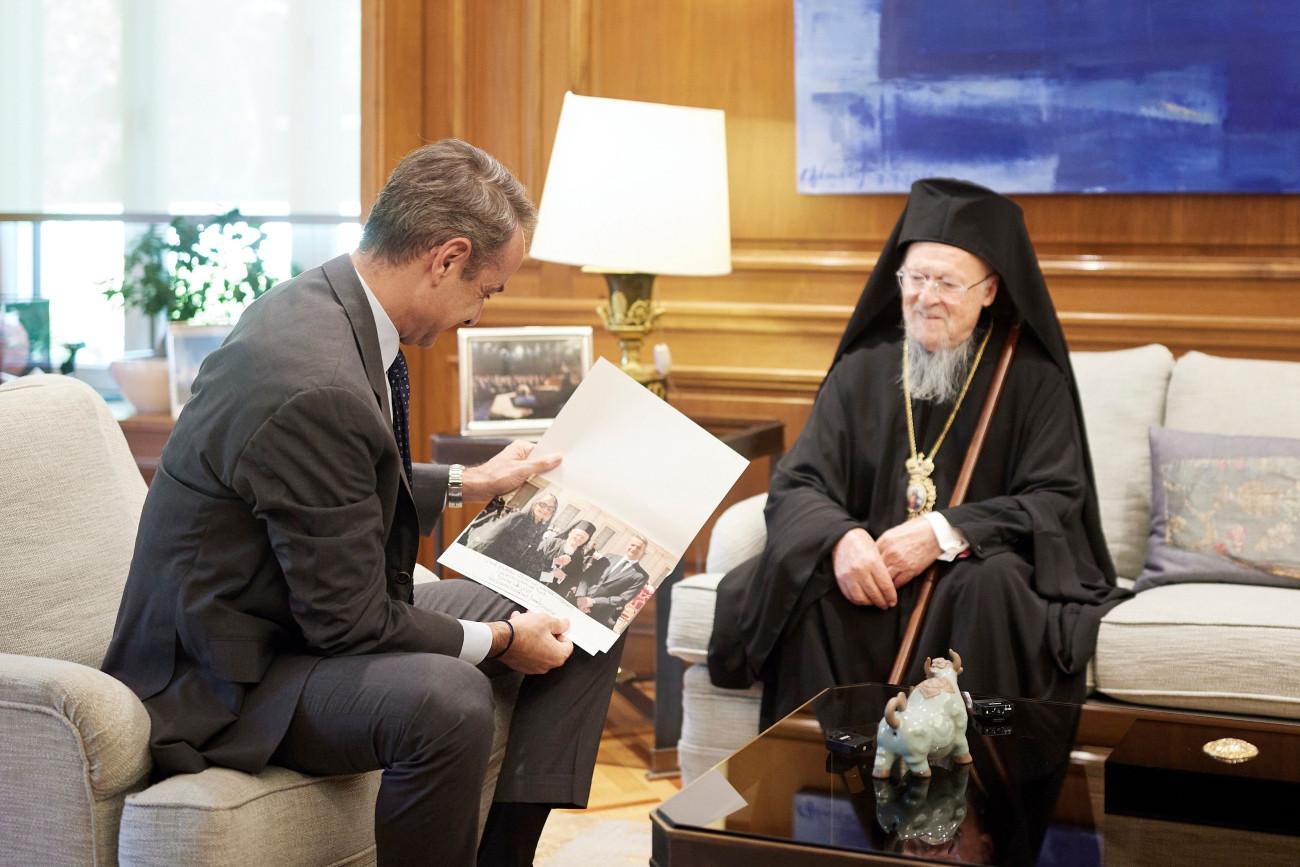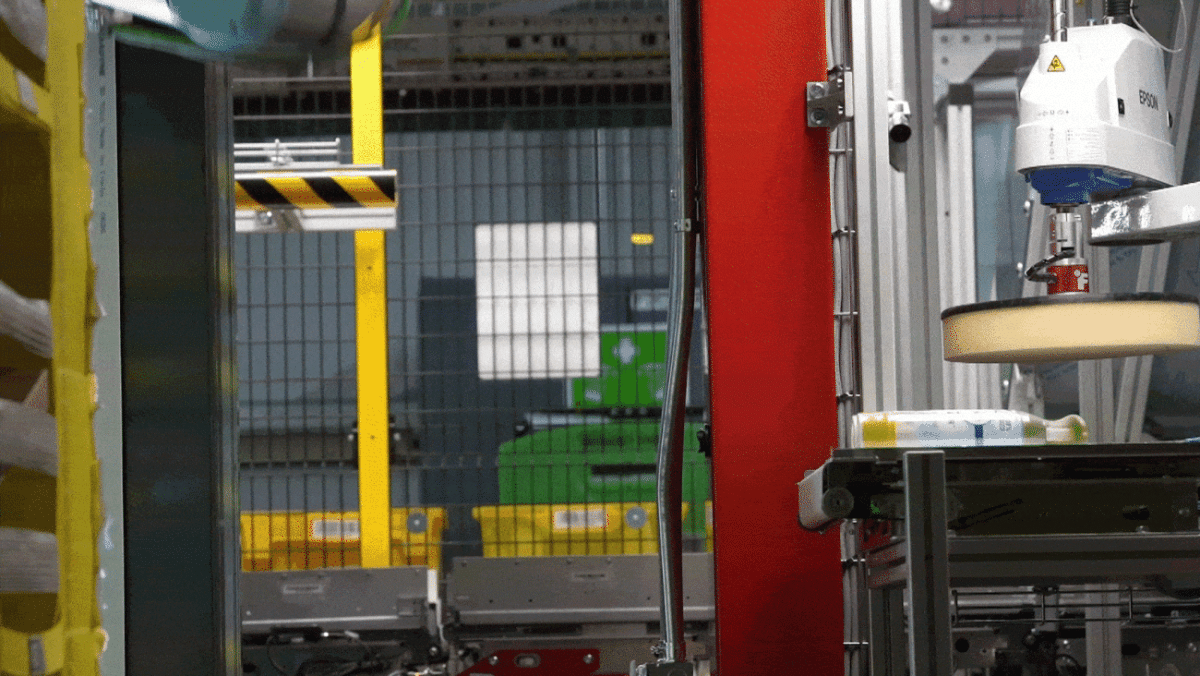Vatican: The story of Conclavian tradition of the Pope’s election

The Conclave that will elect Pope Francis’ successor today meets Vatican.
Conclavian’s birthplace was the city of Viterbo
The Vatican News It reminds us how this tradition was created, that is, the isolation of the cardinals that have the right to vote in a room until white smoke comes out.
Rome has not always been the headquarters of the power of Papism. For two notable periods of Church history, the popes lived outside Rome and served as Saint Peter’s successors away from the eternal city, the Vatican site typically notes.
You may have heard of Avignon’s Papism, writes Vatican Nesws, a period of 68 years in the 14th century, during which the Pontiffs lived in Avignon, France after a dispute between papism and the French monarch.
But, perhaps a lesser -known and potentially more important period was the short time when a small town just 90 minutes north of Rome became not only the nine -grandfather’s home, but also the birthplace of Conclavium as we know it today.
This is the city of Viterbo.
Cardinals in the Vatican.
Violence and division in Rome – Virbo’s choice
The 13th century Rome was very different from today. It was full of violence and division. Two families – the Welfi and the Gibelins – ruled and fought for who had the power to appoint bishops and abbots. One believed that the secular ruler had to have power, while the other defended the papal power.
As a result, the city of Rome was flooded with conflicts. It was considered unsafe and Pope Alexander II chose to transfer the papal seat to Viterbo.
The small town had many advantages: its proximity to Rome, its ties with the Welfan family and the two -and -a -and – – – – – – – – –ne -ounked being a circular wall. For Christians, Viterbo was important because it is located along the important pilgrimage road called Via Francigena.
With all these advantages, in 1257, Rome was abandoned as a dwelling of the popes and adopted Viterbo.
How was the Pope elected
For 24 years – from 1257 to 1281 – the Palace Palace in Viterbo was the home of the Pontiffs. Nine men were chosen here to become the head of the Catholic Church. However, by 1268, the election process was very different from today’s, which is much more clearly defined and thorough.
Historians and regulators generally believe that by the 13th century, the papal role was covered by any other diocese, namely the election of the new Pope was made by the neighboring bishops, clergy and faithful of Rome. Others argue that only in the 4th century, after Pope Silvester I, the lay people were included in part of the election process. Sometimes, the European emperors and monarchs appointed a successor.
However, the idea of Conclavium had not been formed until the death of Pope Clement of II, signaling a drastic change in the way the Pontiffs are elected.
Lock them up until they decide
In 1268, the church was confronted with a vacuum (Sede Vacante) and the election of a new Pope. Then, 19 of the 20 Cardinal Electors traveled to Viterbo to take part in the successor. No one knew that this election would become the longest -lived concussion in the history of the Church.
After a year without the election of a new Pope, the Virbo citizens took their situation in their hands. In an attempt to push the Cardinals to make a decision, along with the leader of the people, Ranner Gati, they locked the Cardinals in the Palace of Pope with a key or « cum clave » in Latin from which the word concussion comes. The cardinals, locked from the outside, were also limited to living with bread and water.
Finally, in September 1271, after more than three years without Pontiff, Pope Gregory II was elected.

The Basilica of St. Peter.
Ubi periculum
Following the experience in Viterbo, some cardinals realized that the long and informal process of election of the grandfather was outdated. The recently elected Pontiff, Gregory II, published a Apostolic Constitution, the Ubi Periculum, with specific rules for choosing a new pope. This Apostolic Constitution remains the basis for the modern process used by the Church to date.
Even with the publication of these new rules, the new procedure was not immediately adopted. This happened only when Pope Boniface O ‘appointed Ubi Periculum as the only means of election of the Pope, incorporating it into regulatory law.
Thus, Viterbo – also called the city of grandfather and is the place of the longest -running papal election in history – became the birthplace of Conclavium.








